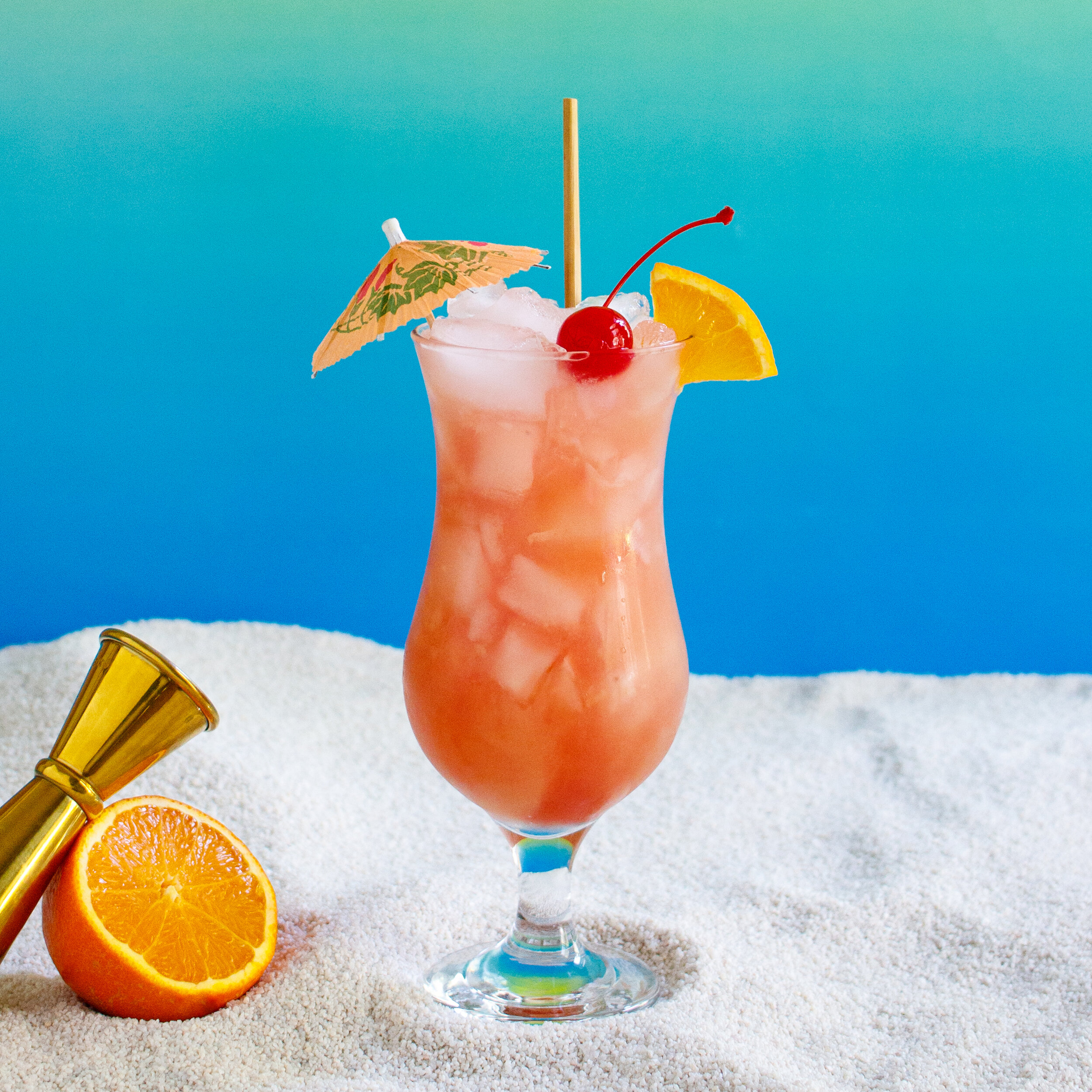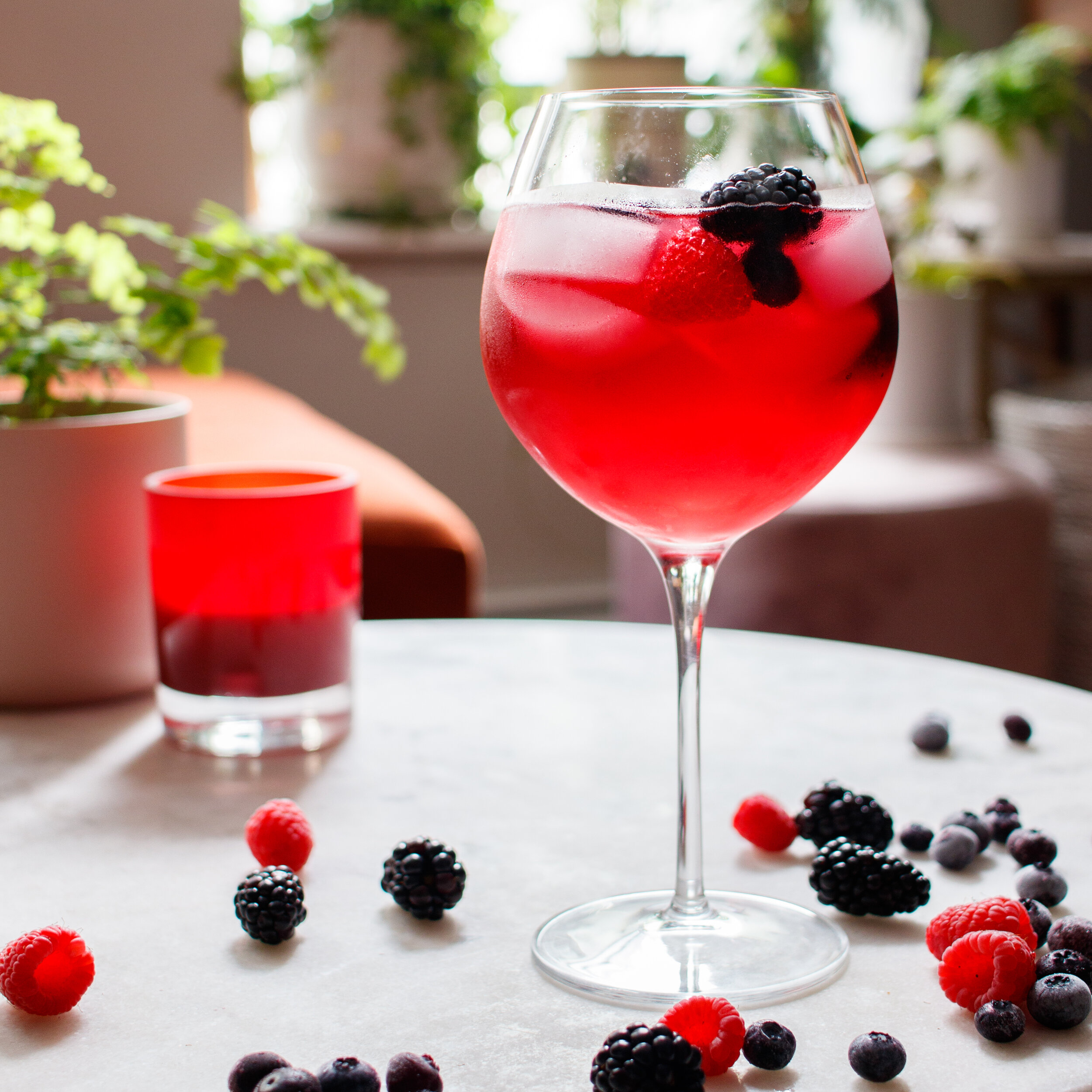2 ounces vodka
1/2 ounce peach schnapps
1 1/2 ounces orange juice
1 1/2 ounces cranberry juice
Ice
Optional Garnish: Orange slice, maraschino cherry, cocktail umbrella
Fill a hurricane glass or a large highball glass with ice. Pour vodka, schnapps, & orange juice over the ice, and then slowly & carefully top with cranberry juice for a layered effect. Garnish with an orange slice, a maraschino cherry, and a cocktail umbrella. Serve with a straw to stir the drink together.
By the 1980s, American cocktail culture had lost it’s way a bit. We’d moved as far as possible from the carefully crafted, well balanced cocktails of the past and replaced them with anything and everything sweet, fruity, colorful, and easy to make. If you could taste the alcohol, you were doing it wrong.
Vodka was especially popular in the 80s, as was orange juice (boxed not fresh), along with fruity flavored liqueurs, tropical flavors, bright colors, layered cocktails and shots, and drinks with sexy names.
When it comes to typical cocktails of the 1980s, the Sex on the Beach has it all!
As for the drink’s history, one origin story claims that a bartender named Ted invented the drink in 1987 at a Florida bar called Confetti’s. He says he was challenged to a peach schnapps sales contest and invented the sex on the beach to appeal to spring breakers. Unfortunately for this story, the recipe had appeared in print in 1982, 5 years before Ted claimed to have “invented” it.
The more likely origin story is that a bartender simply combined the Fuzzy Navel (made with orange juice and peach schnapps) and a Cape Codder (made with vodka and cranberry juice) into one fruity concoction.
Either way, people loved a sexy name, and when TGI Friday’s added the drink to their cocktail menu, it reached 80s cult cocktail status.
There are several variations on this cocktail. Some people add Chambord berry flavored liqueur. Some add pineapple juice. Some recipes even replace the cranberry juice with grenadine. This version is by far the most common and popular though.


